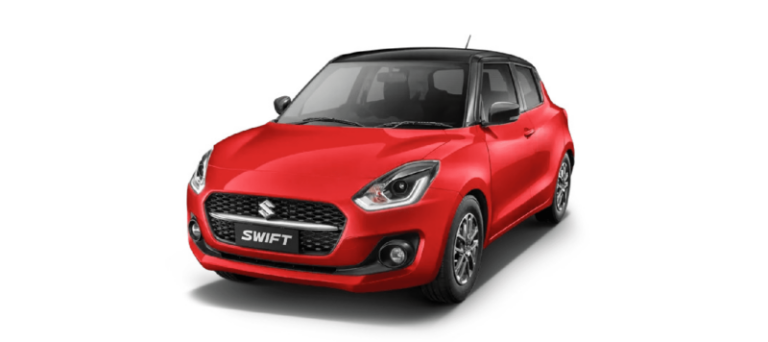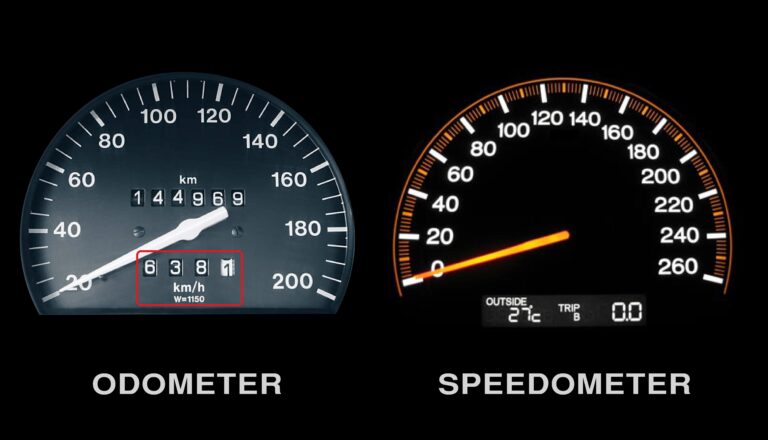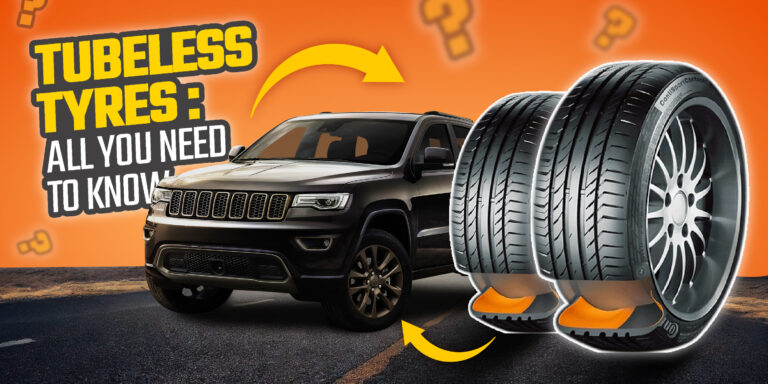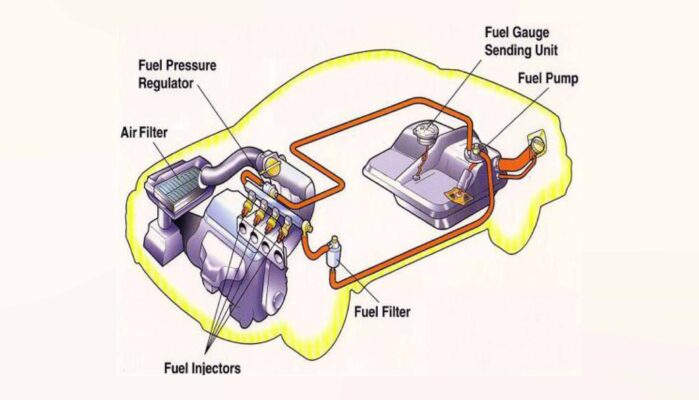
If not the most important, the car battery is an integral part of your car.
With proper inspection, you manage to protect your car battery from premature corrosion and damage.
If you are experiencing any issues with your battery, consider a quick replacement.
Before you switch to a brand new, did you know that there’s a wide range of car battery types in India?
Yes, one size doesn’t fit all. Irrespective of the size difference, car batteries are essential to run your vehicle.
Here’s a small guide to understanding the most common car battery types in India.
Car Battery Types Explained
Buying car batteries can get tricky since drivers are inundated with infinite brands, types and features.
Thus, we aim to make the process simple by listing the features every car battery type seems to provide to the vehicle.
You can find a variety of car battery types and sizes in India which can be confusing to you at times. Hence, we aim to resolve it for you.
Based on your requirements, you can go ahead and pick the suitable one for your use.
- Lead Acid Battery
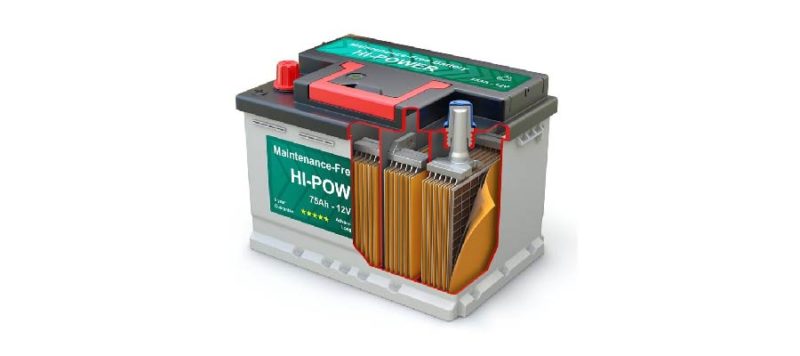
Also known as “wet batteries” is predominantly used in cars across the globe. It’s one of the most affordable and serviceable kinds.
Lead-acid car batteries are designed to provide long-lasting service life. It lasts anywhere from 3 to 5 to 12+ years depending on the process of manufacturing the batteries.
These car batteries require the least maintenance. The batteries work in short bursts to deliver power to the starter motor.
- Lithium-ion Battery
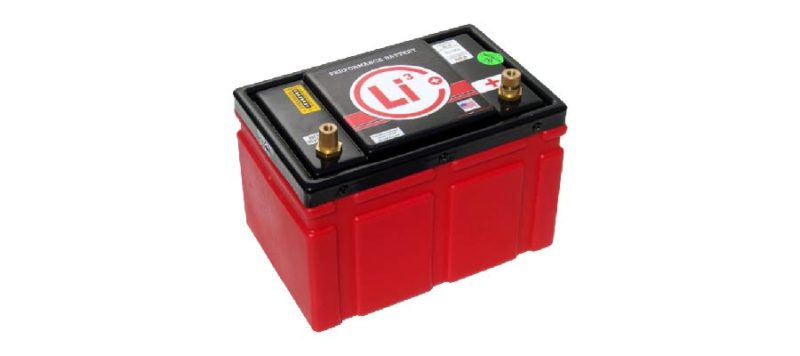
It’s mostly used in electric and hybrid vehicles for high energy density.
These batteries also carry a high power-to-weight ratio, low self-discharge, optimal high-temperature performance, and high energy efficiency.
Lithium-ion batteries are expensive and get overheated rather quickly.
However, it lasts longer, upto 5 to years.
- SLI Battery (Start, Lighting and Ignition)
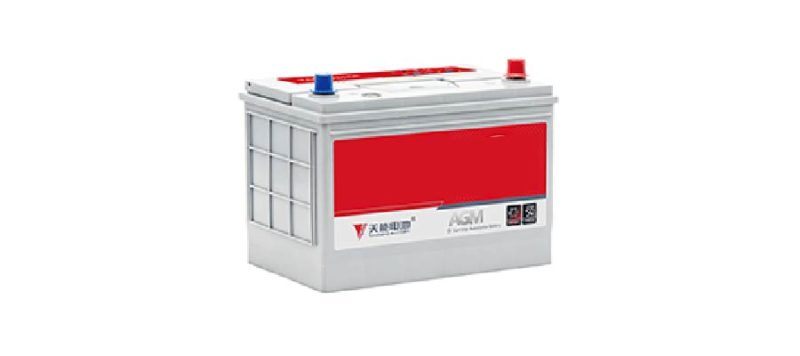
As the name suggests, the SLI battery works to start the internal combustion engine. It discharges briefly at a higher current.
These batteries provide an immediate power boost while retaining enough power.
It powers all the electronic components of the car including interior and exterior lights, infotainment system and more.
The only drawback of SL batteries is their short charge cycle. It takes a significant amount of time to charge while also discharges quickly.
The batteries run for several years without any inconvenience.
- Deep Cycle Battery
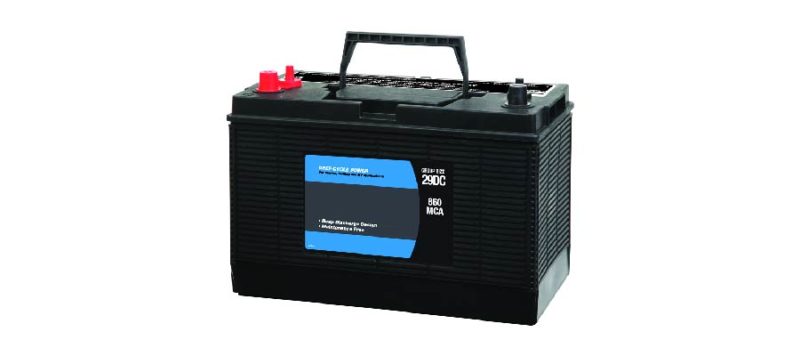
Constructed using thicker battery plates and denser active material, the Deep cycle batteries withstand repeated charge and discharge cycles.
These batteries don’t provide high bursts of power for a short period, rather designed to deliver sustained power with the lower current for a long period.
Deep cycle batteries are a bit steep for their high discharge rate. However, these batteries have a long shelf life, upto six to seven years with proper care.
- VRLA Battery
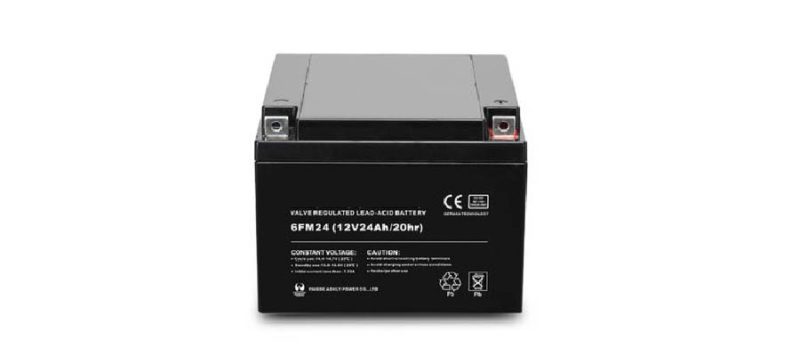
A VRLA battery or valve-regulated lead-acid battery is sealed with no ventilation of gases. It’s compact in size, making it easy to store.
Since these batteries are sealed, it doesn’t emit hydrogen gas, thus, considered the safest battery. The only issue with VRLA batteries is that they’re sealed, making them unserviceable.
There are two VRLA car battery types: AGM battery and the gel cell battery.
AGM Battery – Absorbed Glass Mat Battery (AGM) are designed with electrolyte held in glass mats.
It’s designed to support the high energy demands of modern cars. AGM batteries work better compared to their flooded and gel cell counterparts.
It charges 5X faster and withstands 3X more cycle life than an ordinary car battery. AGM batteries are suitable for cars with automatic start-stop applications and brake energy recovery.
The only drawback of AGM batteries is their high cost.
Gel Cell Battery – The gel cell battery contains a “gelified” electrolyte and is considered tough. It’s known for its strong resistance to hot temperature, physical shock, electrolyte evaporation, and spillage.
Gel cell batteries are vibration and shock-resistant with extended cycle life.
- Nickel Metal Hydride Battery
A lesser-known but most commonly used in hybrid vehicles, Nickel-Metal batteries have a longer life cycle than lead-acid or lithium-ion car batteries.
It also has a high self-discharge rate, produces high heat at hot temperatures and is pretty expensive.
Making them suitable for hybrid cars but not so effective enough for rechargeable electric vehicles.
- Silver Calcium Battery
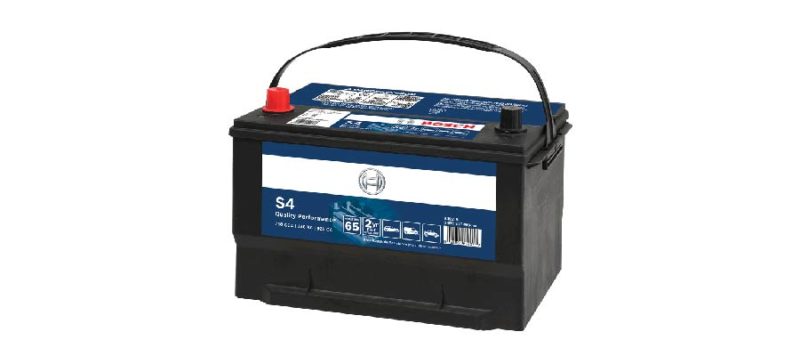
Silver-calcium batteries are designed as a modification over the wet battery technology.
It’s a lead-acid battery with an electrolyte solution but utilizes lead-calcium-silver plates instead of lead-antimony plates.
These batteries are known for being powerful resistant to corrosion and hot temperatures. Giving them a long lifespan for a hotter climate.
It’s also sealed and requires the least maintenance.
The only downside of silver calcium batteries is the need for high charging voltage and quick deterioration from sulfation.
Types of Car Battery Sizes
Are there different car battery sizes? Yes, there are.
Battery group sizes indicate the physical size of a car battery including the ideal height, width and length required.
It also mentions the polarity i.e where the positive and negative battery posts are present on the battery.
Not every car uses one particular car battery. Each one has its own battery size.
The different types of car battery sizes aim to provide a simplified solution to help manufacturers reduce costs.
It makes replacing your car battery at your local shop simple and ensures the installation of the proper size and type for your vehicle.
Side Post Batteries
Few car manufacturers use specific group sizes more than others. For instance, General Motors vehicles use a side-post battery.
A side post battery contains cable ends that screw into the side of the battery rather than the top of the battery. These group sizes are mostly 70, 74, 75 and 78.
Recessed Top Post Batteries
European car manufacturers like Audi, Volkswagen, BMW, Mercedes Benz and more use an international standard battery.
The battery top posts are recessed in the corner so that the battery’s top is the same as the main height of the battery.
Most of these battery group sizes have a built-in specialized ventilation system and are installed in the trunk or under the back seat. The group sizes are 41, 42, 47, 48 and 49.
Standard Top Post Batteries
Japanese and most American-made cars use standard top-post battery fitments. It’s the most popular battery group size used in India.
The battery group sizes are 24, 24F, 25, 34, 35, 51, 51R, 52, 58, 58R, 59 and 65.
Summing Up
Consider getting a replacement battery in a larger size than the previous one. In particular, a taller car battery that remains at its original place and sits in the harness securely.
How does a larger battery size help? A larger battery delivers more power than the previous model.
And if it happens to be a standard top post model, ensure the terminals aren’t in contact with the internal part of the hood. It can increase the risk of a short circuit and perhaps cause a fire.
So, What Type of Car Battery Do I Choose?
When you are shopping for car batteries online, look for the BCI code to ensure the ideal model and size fit.
Usually, people replace the old battery with a similar one or might get one in a bigger size for more power or extra cranking or cold-cranking amps.
It all comes down to what you are looking for in your car battery.
You can also upgrade to a better car battery type. If your car currently works on a Gel cell battery, opt for an AGM for improved efficiency and longer lifespan.
Continuing with a gel cell battery isn’t wrong. AGM car battery becomes a great choice if you are expecting a long service of your car.
Final Thoughts on Different Types of Car Battery
There’s a long list of car battery types in India, and it all comes down to the type you are looking for. If you want to upgrade to a better one, consider doing so. If you want to stick to the existing model, consider buying the car battery from the best brand.
You can shop a wide variety of car battery types online at Carorbis. We deliver quality, longevity, and high performance with our excellent list of car battery types from top brands and OEM sellers. All at an affordable price, free delivery and hassle-free returns.
Frequently Asked Questions
Q1: How many types of car batteries are there?
There are 7 most common car battery types in India including Lead Acid Battery, Lithium-ion Battery, SLI Battery (Start, Lighting and Ignition), Deep Cycle Battery, VRLA Battery, Nickel Metal Hydride Battery and Silver Calcium Battery.
Q2: Which bosch battery for my car?
It depends on your car model. Bosch offers a wide range of car battery types to suit your needs.
Q3: How many types of car battery sizes are there?
There are mostly 3 common types of car battery sizes.
Q 4: Are there different car battery sizes?
Yes! There’s a wide variety of car battery sizes. The different sizes include Side Post Batteries, Recessed Top Post Batteries and Standard Top Post Batteries.
Q 5: Which battery is best in India?
Depending on your requirement, you can find top brands of car batteries at Carorbis for a reasonable price. Carorbis offers the best selection of car batteries of different types from OEM sellers and excellent global brands to ensure you get only high-quality products.



